
"It's not bad," my wife commented after watching Mickey 17. (What? Really? This must be Bong Joon-ho's worst film ever! I thought to myself.) Though I remained silent, my mind raced to find gentle words to tacitly express my true thoughts: "Anyone who's seen Bong's previous works or read the original novel Mickey7 would recognize what a disappointment this movie is." Such a harsh remark (though deliberately toned-down) would surely offend her—and there she was, looking at me intently, suggesting I should be able to write a good review since the movie contains many interesting viewpoints.
To be honest, I'm not so sure about that. While I felt angry and had mentally drafted many criticisms of Mickey 17, my wife's assessment lingered in my mind. She's never worked in the film industry, so her evaluation comes without industry bias or preconceptions. When I saw the overwhelming online criticisms echoing everything I wanted to say, I began to hesitate. Most critics are fans like me who've either seen Bong's previous groundbreaking works that made waves both in South Korea and across the world or read Mickey7. In contrast, viewers without this background generally received Mickey 17 much more positively. This creates an intriguing zero-sum situation: the "old audience" of existing fans and the "new audience" free from prior expectations balance each other out, resulting in mixed reviews. While harsh critics often equate mixed reviews with mediocrity, consider this—in gaming, an industry both similar to and different from film, mixed reviews often signal bold innovation. Many games on Steam divide critics and supporters into passionate opposing camps that hold fast to their respective beliefs. From an outside perspective, the truth might be simple: the creator has successfully pleased one group but alienated another. As a fellow creator, I wonder: what does Mickey 17 mean to its creator? The obvious answer would be, "I made it because I wanted to," but that's not satisfying enough. Isn't one of the greatest pleasures of being a critic using reviews to uncover a creator's true intentions?
German philosopher Friedrich Nietzsche once said, "If you gaze long enough into an abyss, the abyss will gaze back into you." Applied to Bong's artistic expression, this quote may be improvised to: "If you gaze long enough at a character, the character will gaze back into you." Bong excels at using close-ups to amplify characters' emotions. I first experienced the power of this technique while watching Mother—it nearly terrified me. Though it's a crime film about a bizarre murder case, what truly unsettled me were the close-ups. They appeared unexpectedly yet organically—not as cheap jump scares typical of B-grade horror films, but as natural transitions to upper body and facial reaction shots during dialogue and plot developments.
Later, when I watched his earlier work Memories of Murder, I better understood his technique. Like Mother, it's a crime film about mysterious murders, where the police repeatedly believe they're about to catch the culprit, only to fail time and again. As viewers watch, they not only worry about their favorite characters' safety but find themselves enveloped by increasingly intense close-up shots. The police grow anxious over their inability to catch the killer, civilians panic about becoming the next victim, and the suspect's responses during police interrogations transform from wronged compliance into vengeful hostility. These high-pressure emotions appear with mounting frequency, presented ever closer to the audience. By the ending, they burst alive, spreading from the characters' inner worlds beyond the screen. All the foreshadowing condenses into a single question on one character's face—a question that makes the audience finally realize that, like the characters themselves, they can do nothing but feel anxious because everything has happened so abruptly and unexpectedly that any discovery or remedy feels too late.
This technique of gradually enveloping the audience that compels them to empathize with the characters has made Bong one of the most notable auteur directors of the 21st century. For Bong, visual expression transcends mere observation—it's about revelation. He's like a peculiar child who developed an unusual way of playing with Russian nesting dolls: while other children delight in discovering smaller dolls within bigger ones, he fixates on the innermost doll until he perceives a completely different expression on its face and gets frightened by it himself. Yet, like any deeply curious child, Bong may not wish to repeat his past methods. Though his breakthrough works have become treasured by viewers, they've also become his shackles. He's been constrained by his own unique cinematographic style, and whenever people discuss him, fans more zealous than Bong himself emerge to champion this style's charm (come to think of it, aren't I one of them? Haha). Curiously, if we gathered enthusiasts of his works from different periods and asked them what makes Bong special—setting aside the general notion that they're his fans—they'd likely argue endlessly.
However, one question would undoubtedly intrigue everyone: Bong's connection to his homeland. "He cannot create compelling films when disconnected from local humanistic concerns." I nearly proclaimed this verdict after leaving the Mickey 17 screening. Yet, as I continued peeling back the layers of his Russian doll, just as Bong would do, I could almost hear his voice echoing from its deepest core: "Hehe, bet you didn't expect that."
What was unexpected? From a genre perspective, Bong's most acclaimed films are crime thrillers, while his most controversial ones are science fiction. Though both genres can borrow elements from each other, they maintain distinct focuses. Crime films typically deconstruct human nature by following a mysterious case through multiple perspectives—detective, criminal, and family—leading audiences to reconsider ethical issues. These stories expose how new moral questions challenge established legal systems and bureaucracy. As a mysterious case shatters the apparent stability of reality, Bong uses fragmentary information to gradually deconstruct our understanding of "normal life." Influenced by the psychological states of different characters, viewers begin to see how seemingly ordinary situations conceal grave dangers—dangers where ignorance can lead to cataclysmic tragedies. Consider Mother and Memories of Murder: even after the law convicts the criminals, the question of true innocence remains frustratingly complex from moral and causal perspectives. Sci-fi, by contrast, focuses on constructing human nature. It introduces plausible but unrealized technologies to explore their effects on humanity. This fundamental difference means crime films must adhere closely to real-world logic, while sci-fi films can diverge from reality—partially or completely—as long as they maintain narrative consistency and coherence.
From a macro perspective, Bong's Mickey 17, Snowpiercer, and Okja can all be viewed as grand-scale crime stories. While typical crime films focus on mysterious cases, these narratives center on rebellions aimed at transforming the existing social order. The rebels act on noble causes: justice, protection, equal rights, and revenge. In Mickey 17, the oppressed clone Mickey 18 fights for both his human rights and to overthrow a ruling class that tramples on human dignity and dismisses intelligent alien species as worthless. In Snowpiercer, passengers in the tail section of a train launch a violent revolution against their first-class counterparts. In Okja, a rural girl forms a bond with the super-pig Okja—whom the biotech company views as mere livestock—and while protecting it, unwittingly becomes an "accomplice" to an extremist animal rights organization.
Interestingly, Bong shows little interest in grand narratives. Through metaphors and highly perceptible visual contrasts, he deliberately frames these stories within intimate social circles rather than sprawling worlds. This sets his sci-fi works apart from epics like Dune, Planet of the Apes, and Interstellar. Consider how, despite seemingly traversing the universe, Mickey 17's protagonist Mickey Barnes remains confined to the visible areas of the colony ship. In Snowpiercer, though the train encircles the globe, the final wide shot prompts viewers to realize: "Goodness, they're fighting to the death on such a tiny train. What for?" Even Okja, which appears expansive in scope, centers entirely on young Mija's perspective—the story's direction hinges on her innocence and her ability to truly 'see' Okja. This evidence contradicts claims that Bong has lost his personal expression to Hollywood control. While he may have made certain compromises for investors, he fundamentally remains true to his creative vision.
Is Bong still deconstructing human nature in his sci-fi films? While this might seem contradictory, I believe he's pursuing something unconventional in his sci-fi works. Technology inherently either complicates or simplifies human life through its utilitarian nature. Though useless technologies exist—history is full of wasteful, problematic inventions—a sci-fi film's technological premise must serve a purpose, or there'd be no story. In Bong's sci-fi films, he deliberately establishes two clear camps: supporters and opponents of the technology. Yet Bong transcends this simple dichotomy by positioning his protagonists in an ambiguous middle ground, and crafting intricate twists that force them to navigate between these opposing forces. His protagonists initially remain detached from either side—consider Mija, whose only concern is whether Okja belongs to her, while remaining unaware of both the corporation behind Okja and the animal rights activists fighting against it. Even as conflict intensifies between the opposing camps, Bong's protagonists maintain their outsider perspective until faced with a crucial personal decision that only has implications for themselves. For Mija, this means choosing whether to purchase Okja from the company; for Curtis in Snowpiercer, it's deciding whether to accept the role of the train's new ruler.
In Mickey 17, Bong sought to explore new possibilities in character development. Weary of positioning protagonists between opposing camps, he found promise in the premise of Mickey7. Mickey exists as multiple versions of himself, each functioning independently after being printed. Though he inherits his predecessor's memories and physical form, he cannot coexist in the same space as another version. While the novel centers on Mickey's internal struggle, Bong shifts the core conflict to the observers' perspective. For these observers, encountering two distinct versions of Mickey creates an ethical dilemma deeper than any legal concerns—similar to society's fascination with identical twins.
Humans harbor the most complex and diverse internal conflicts of all species. We're walking contradictions, yet the natural law of existing in one body at one time forces these conflicts to coexist. This coexistence of many contradictions in our heads explains why we rely on external observations and self-reflection to maintain our sanity. Unlike Mickey7's first-person narrative, Bong adopts a purely observational third-person perspective in Mickey 17. As a result, the central conflict resides not within Mickey 17 or Mickey 18, nor the supporting characters, but within the audience themselves. By making Mickey 18 distinctly different from Mickey 17—in voice, personality, and motivation—Bong transforms Mickey from a single complex entity into a confluence of multiple contradictory beings. Mickey's world thus becomes an undefined space where Mickey 17 and Mickey 18 form one side of the conflict, while the audience forms the other.
Bong's vision is beautiful, yet audiences may struggle to embrace it. His bold experiment appears as a betrayal to fans who've been accustomed to his previous narrative style. While critics harshly claim he's lost his authorial voice, this transformation is precisely what Bong intended. Through Mickey 17, he strives to break free from his former self. At his core, he remains that peculiar child who invented an unconventional way of playing with Russian nesting dolls; it's just that some of his old playmates no longer wish to join his game.
What do you think, Peliplaters?














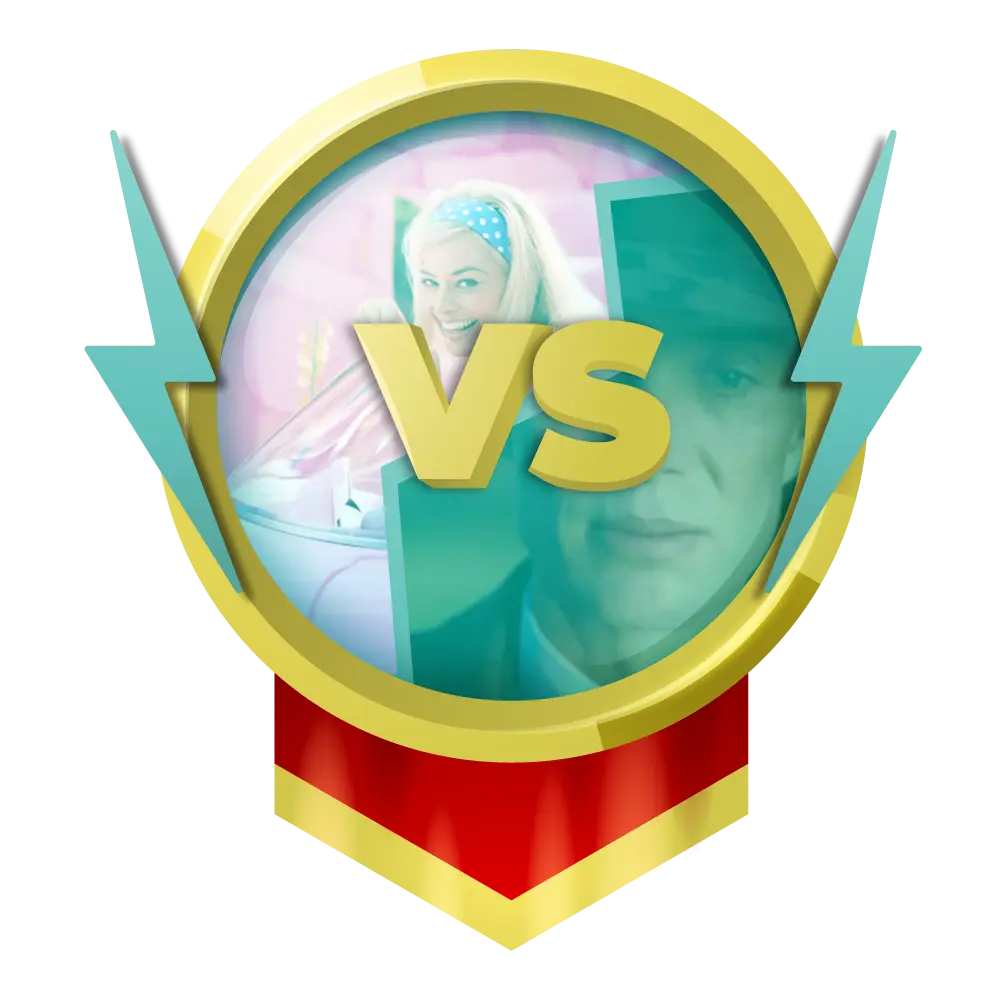
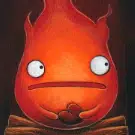














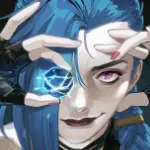




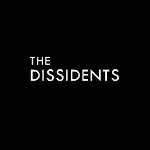

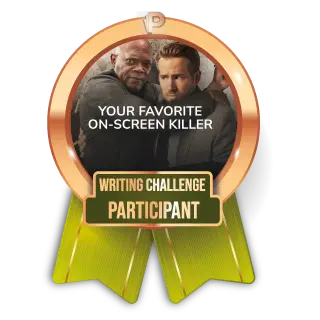



















View replies 2
View replies 1
View replies 0